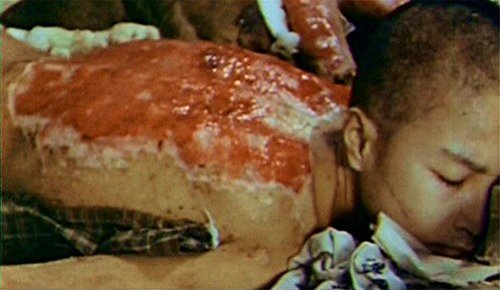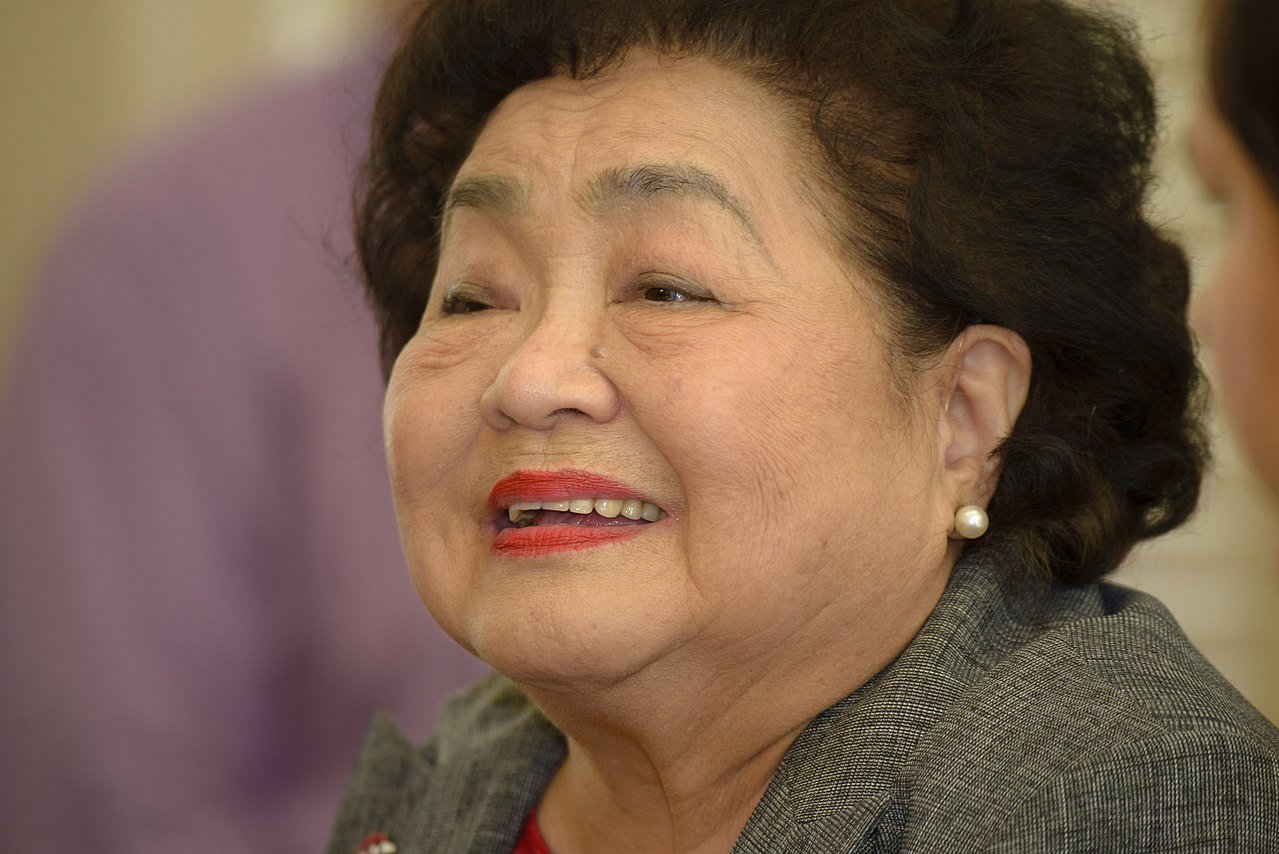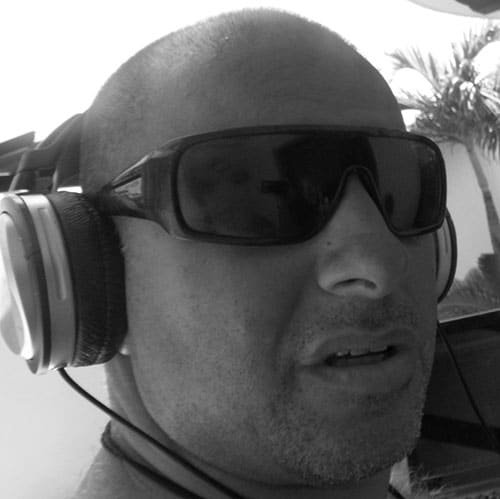By Johnny Punish
Today is the 75th anniversary of the Hiroshima Atomic Bomb Attack on Japan by the United States of America; an attack that vaporized and deleted over 100,000 people. There is NOTHING to celebrate here. However, it’s worth bringing it up because this horrific attack and the one on Nagasaki two days later changed the world forever. We truly should NEVER forget what we humans are capable of…
In fact, just 2 days ago, in Beirut Lebanon, there was a huge explosion 1/6th the strength of Hiroshima. So far reports say it injured 5000, killing over 200 with over 80% of the city damaged. Select government officials immediately announced it was fireworks. Then it was changed to 2700 tons of Ammonium Nitrate.
But now, with no evidence presented of Ammonium Nitrate, many experts are saying this may have been a small nuclear tactical attack on the Hezbollah controlled Lebanese government with the aim to destroy Hezbollah once and for all. VT is working on this right now to bring all the evidence forward.
But the question is out there and asked. Did something like Hiroshima just happen again? Are we humans still NOT evolved enough to stop this?
Beirut – August 2020This one is too early to call right now so stay tuned. But the point is…humans are dastardly. Yes, Ghengis Ghan can murder millions, Hitler can gas millions. And the USA can drop bombs and murder hundreds of thousands. Yes, we can and do.
But today’s focus is on Hiroshima.
Now I could go into all the historical tactical aspects of this despicable attack and even make the case for its necessity, or at least give you the official USA line on why it was necessary. But I will not. Instead, today’s article is for the Hibakusha. What’s that you say? Well, The survivors of the bombings are called Hibakusha (被爆者, a Japanese word that literally translates to “explosion-affected people”. They are the survivors.
August 6, 1945 – USA drops A-Bomb on Hiroshima, JapanHibakusha
The Japanese government has recognized about 650,000 people as Hibakusha.
As of March 31, 2019, 145,844 were still alive, mostly in Japan. The government of Japan recognizes about one percent of these as having illnesses caused by radiation.
The memorials in Hiroshima and Nagasaki contain lists of the names of the Hibakusha who are known to have died since the bombings. Updated annually on the anniversaries of the bombings, as of August 2019, the memorials record the names of more than 500,000 Hibakusha; 319,186 in Hiroshima and 182,601 in Nagasaki.
If they discuss their background, Hibakusha and their children were (and still are) victims of fear-based discrimination and exclusion when it comes to prospects of marriage or work due to public ignorance about the consequences of radiation sickness or that the low doses that the majority received were less than a routine diagnostic x-ray, much of the public, however, persist with the belief that the Hibakusha carry some hereditary or even contagious disease.
This is despite the fact that no statistically demonstrable increase of birth defects/congenital malformations was found among the later conceived children born to survivors of the nuclear weapons used at Hiroshima and Nagasaki, or indeed has been found in the later conceived children of cancer survivors who had previously received radiotherapy.
The surviving women of Hiroshima and Nagasaki, that could conceive, who were exposed to substantial amounts of radiation, went on and had children with no higher incidence of abnormalities/birth defects than the rate which is observed in the Japanese average. A study of the long-term psychological effects of the bombings on the survivors found that even 17–20 years after the bombings had occurred survivors showed a higher prevalence of anxiety and somatization symptoms.

Double survivors
Perhaps as many as 200 people from Hiroshima sought refuge in Nagasaki. The 2006 documentary Twice Survived: The Doubly Atomic Bombed of Hiroshima and Nagasaki documented 165 nijū hibakusha (lit. double explosion-affected people), nine of whom claimed to be in the blast zone in both cities.
On March 24, 2009, the Japanese government officially recognized Tsutomu Yamaguchi as a double hibakusha. He was confirmed to be 3 km (1.9 mi) from ground zero in Hiroshima on a business trip when the bomb was detonated.
He was seriously burnt on his left side and spent the night in Hiroshima. He arrived at his home city of Nagasaki on August 8, the day before the bombing, and he was exposed to residual radiation while searching for his relatives. He was the first officially recognized survivor of both bombings. He died on January 4, 2010, at the age of 93, after a battle with stomach cancer.
Korean survivors
During the war, Japan brought as many as 670,000 Korean conscripts to Japan to work as forced labor. About 5,000–8,000 Koreans were killed in Hiroshima and another 1,500–2,000 died in Nagasaki.
For many years, Korean survivors had a difficult time fighting for the same recognition as Hibakusha as afforded to all Japanese survivors, a situation which resulted in the denial of the free health benefits to them in Japan. Most issues were eventually addressed in 2008 through lawsuits.

Japanese-American survivors
It was a common practice before the war for American Issei, or first-generation immigrants, to send their children on extended trips to Japan to study or visit relatives. More Japanese immigrated to the U.S. from Hiroshima than from any other prefecture, and Nagasaki also sent a high number of immigrants to Hawai’i and the mainland.
There was, therefore, a sizable population of American-born Nisei and Kibei living in their parents’ hometowns of Hiroshima and Nagasaki at the time of the atomic bombings. The actual number of Japanese Americans affected by the bombings is unknown – although estimates put approximately 11,000 in Hiroshima city alone – but some 3,000 of them are known to have survived and returned to the U.S. after the war.
The second group of hibakusha counted among Japanese American survivors are those who came to the U.S. in a later wave of Japanese immigration during the 1950s and 1960s. Most in this group were born in Japan and migrated to the U.S. in search of educational and work opportunities that were scarce in post-war Japan. Many were “war brides”, or Japanese women who had married American men related to the U.S. military’s occupation of Japan.
As of 2014, there are about 1,000 recorded Japanese American hibakusha living in the United States. They receive monetary support from the Japanese government and biannual medical checkups with Hiroshima and Nagasaki doctors familiar with the particular concerns of atomic bomb survivors. The U.S. government provides no support to Japanese American hibakusha.
Other foreign survivors
While one British Commonwealth citizen and seven Dutch POWs (two names known) died in the Nagasaki bombing, at least two POWs reportedly died postwar from cancer thought to have been caused by the atomic bomb. One American POW, Joe Kieyoomia, was a Navajo in Nagasaki at the time of the bombing but survived, reportedly having been shielded from the effects of the bomb by the concrete walls of his cell.

Discrimination
Hibakusha and their children were (and still are) victims of severe discrimination when it comes to prospects of marriage or work due to public ignorance about the consequences of radiation sickness, with much of the public believing it to be hereditary or even contagious.
This is despite the fact that no statistically demonstrable increase of birth defects/congenital malformations was found among the later conceived children born to survivors of the nuclear weapons used at Hiroshima and Nagasaki, or found in the later conceived children of cancer survivors who had previously received radiotherapy.
The surviving women of Hiroshima and Nagasaki, that could conceive, who were exposed to substantial amounts of radiation, went on and had children with no higher incidence of abnormalities/birth defects than the rate which is observed in the Japanese average.
Studs Terkel’s book The Good War includes a conversation with two Hibakusha. The postscript observes:
There is considerable discrimination in Japan against the hibakusha. It is frequently extended toward their children as well: socially as well as economically. “Not only Hibakusha, but their children, are refused employment,” says Mr. Kito.
“There are many among them who do not want it known that they are hibakusha.” — Studs Terkel (1984), The Good War.

The Japan Confederation of A-and H-Bomb Sufferers Organizations (日本被団協, Nihon Hidankyō) is a group formed by hibakusha in 1956 with the goals of pressuring the Japanese government to improve the support of the victims and lobbying governments for the abolition of nuclear weapons.
Some estimates are that 140,000 people in Hiroshima (38.9% of the population) and 70,000 people in Nagasaki (28.0% of the population) died in 1945, but how many died immediately as a result of exposure to the blast, heat, or due to radiation, is unknown.
One Atomic Bomb Casualty Commission (ABCC) report discusses 6,882 people examined in Hiroshima, and 6,621 people examined in Nagasaki, who were largely within 2000 meters from the hypocenter, who suffered injuries from the blast and heat but died from complications frequently compounded by acute radiation syndrome (ARS), all within about 20–30 days.

In the rare cases of survival for individuals who were in utero at the time of the bombing and yet who still were close enough to be exposed to less than or equal to 0.57 Gy, no difference in their cognitive abilities was found, suggesting a threshold dose for pregnancies below which, no life-limiting issues arise. In 50 or so children who survived the gestational process and were exposed to more than this dose, putting them within about 1000 meters from the hypocenter, microcephaly was observed; this is the only elevated birth defect issue observed in the Hibakusha, occurring in approximately 50 in-utero individuals who were situated less than 1000 meters from the bombings.
In a manner dependent on their distance from the hypocenter, in the 1987 Life Span Study, conducted by the Radiation Effects Research Foundation, a statistical excess of 507 cancers, of undefined lethality, were observed in 79,972 Hibakusha who had still been living between 1958–1987 and who took part in the study.
An epidemiology study by the RERF estimates that from 1950 to 2000, 46% of leukemia deaths and 11% of solid cancers, of unspecified lethality, could be due to radiation from the bombs, with the statistical excess being estimated at 200 leukemia deaths and 1,700 solid cancers of undeclared lethality.

Johnny Punish founded VT in 2004. After 20 years at the helm, he “retired” from the daily operations in late 2023 passing the ball over to the new owner of VT, Chief Justin Time. He now writes for VT as “Writer Emeritus”. He is also a global citizen eco-activist, visionary, musician, artist, entertainer, businessman, investor, life coach, podcast host, and syndicated columnist.
Punish is an ethnically cleansed Palestinian-American whose maternal family was evicted from their home in Haifa, Palestine in 1948 by Irgun; a Euro-Zionist Settler Terrorist Group. The family became part of the over 1,000,000 Palestinians who are Al-Nakba refugees (The Catastrophe). The family fled to Beirut Lebanon for 13 years eventually emigrating to the USA in 1961 via a Brasilian passport obtained by his Palestinian Brasilian-born grandmother (In the early 1900s, the family was sent to Sao Paolo Brasil as guest workers in the mining industry. Punish’s father is Italian-American from New York City. Punish’s paternal great-grandparents emigrated to the USA from Naples Italy and Marineo in Sicily in the 1890s. Punish was born in the Bronx, New York in 1963.
Punish was educated at the University of Nevada Las Vegas (1980-81) and California State University Fullerton (1981-1984) with studies in accounting and business. Before the “internets” had been invented, he owned and ran (5) national newspapers in the United States of America from 1987-1998. From 2004 to 2023, he owned and managed VT Foreign Policy retiring at the end of 2023.
Punish is also a recording artist. He has over 100 original songs written. He records and produces music. A member of ASCAP, Punish has several songs placed in feature films. His music is promoted worldwide and played on all digital networks and net radio.
He is also the founder and owner of Global Thinkers, a freedom media that helps free thinkers create real wealth.
Resources: Facebook – YouTube – Apple Music – SoundCloud – Spotify – X (Twitter)
Read Johnny’s Full Bio at JohnnyPunish.com >>>
ATTENTION READERS
We See The World From All Sides and Want YOU To Be Fully InformedIn fact, intentional disinformation is a disgraceful scourge in media today. So to assuage any possible errant incorrect information posted herein, we strongly encourage you to seek corroboration from other non-VT sources before forming an educated opinion.
About VT - Policies & Disclosures - Comment Policy




We saw many villains in tge course of history sych as Chengiz Khan, these were temporary events mostly depended on persons.
History tells us that Western European powers as a system is the most brutal and anti Human force known to human civilization. They never stop or change either. What they did in the ME in the past 30 years, is exactly what they did 500years ago in Americas. Only God may save the coloured people from them, if a God exists. If not we are doomed. The only hope is China, Iran is not so big and strong.
These are the two biggest acts of terror in world history.
The bombs came after the entire country had been razed to the ground by LeMay’s 300 plane incendiary bombing raids over Japan on a nightly basis. There were four cities left untouched when the firebombing stopped. These raids killed far more civilians than the nukes did. Leaving two Japanese cities intact.
100% civilian targets, US Government is the epitome of the terrorist organization.
All crimes against humanity.
Is it any wonder US Government is happily practicing genocide on US citizens today ?
I’ve hauled radioactive waste to The Nevada Test Site. Where we dumped the contaminated materials directly into an old test bomb crater. The crater we dumped this waste into is identical to the crater in Lebanon, execpt in one way. The crater in Nevada is smaller than the crater in Lebanon. Considerably smaller.
I think that wasn’t a tactical nuke was used in Lebanon.
Not even two tactical nukes.
Radiation levels data should be forthcoming from the site.
I’m almost surprised at the size of crater in Lebanon.
This act of terror has the Zionist pretenders signatures all over it. The stench of Zionism as well.
At U of Md Collage Park I looked at photo evidence of the dead and survivors. Little did I know there was a nuclear reactor next door to the library. I used to work and read there several times a week, because it was so quiet. Hiroshima was no joke. Nuclear science allowed Geology students to camp out and peruse their material.
Comments are closed.